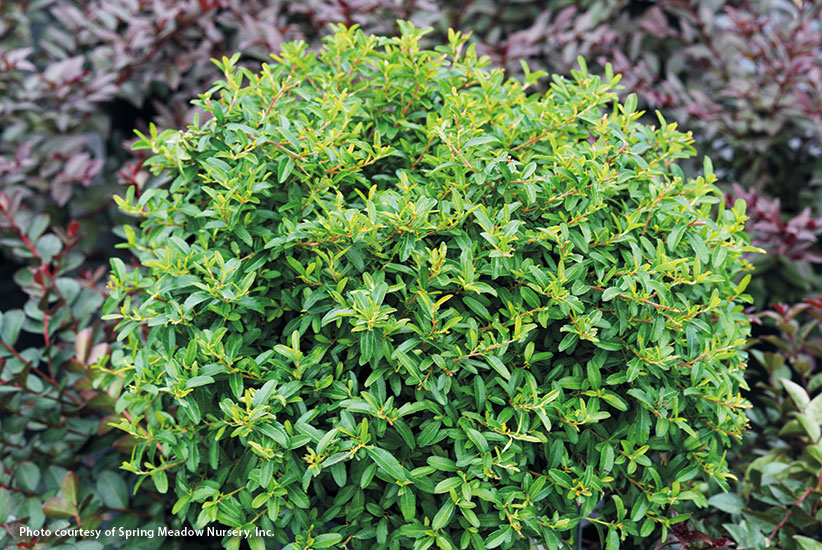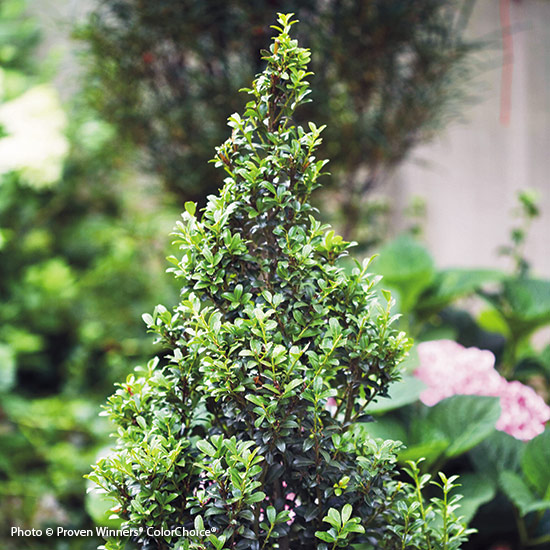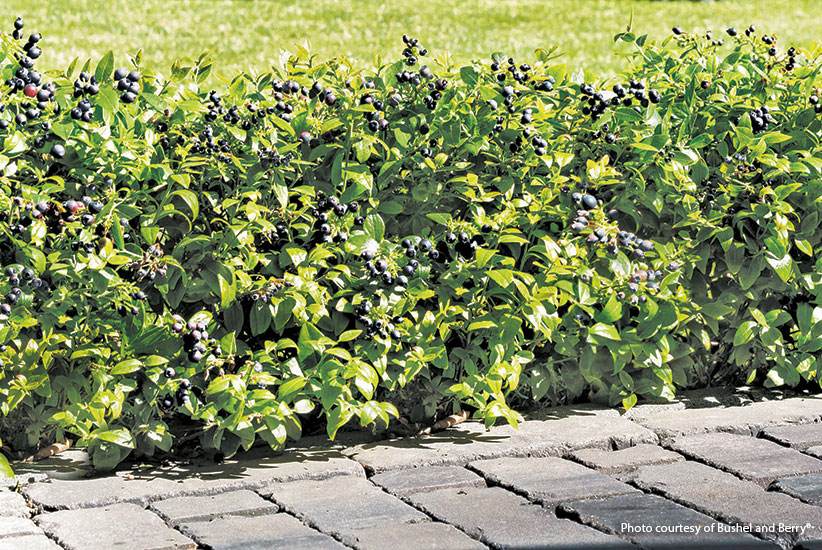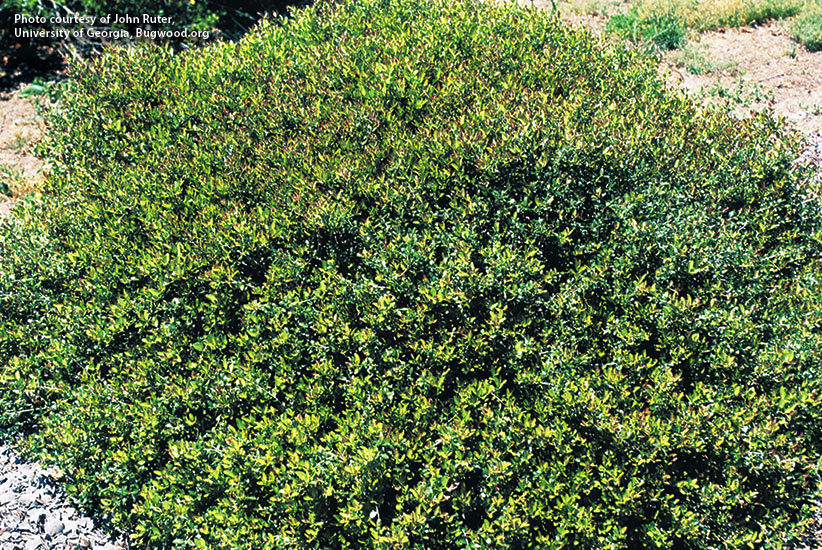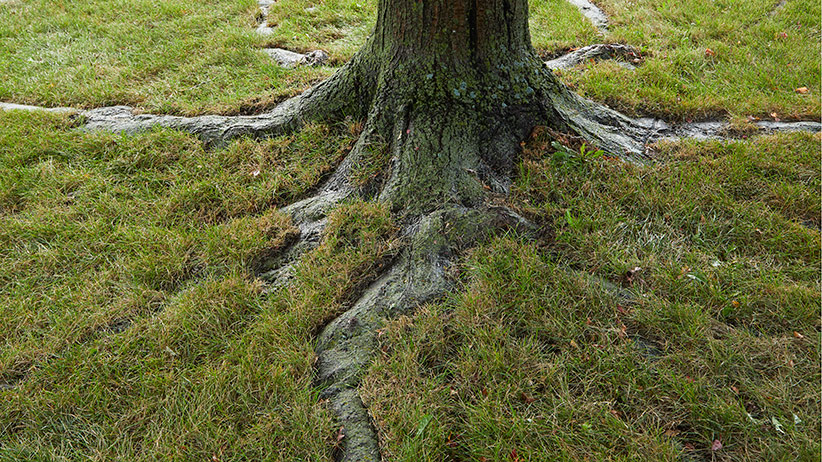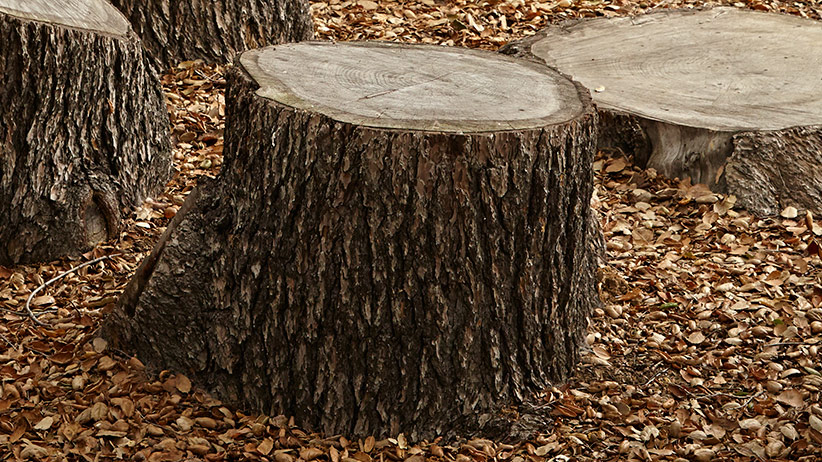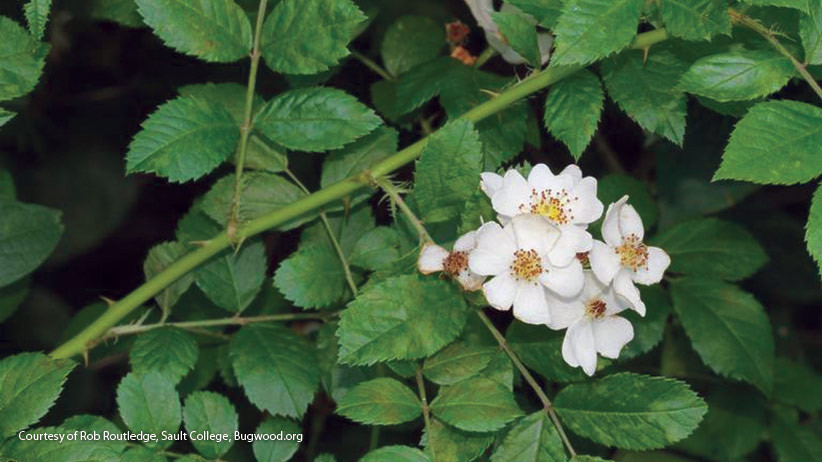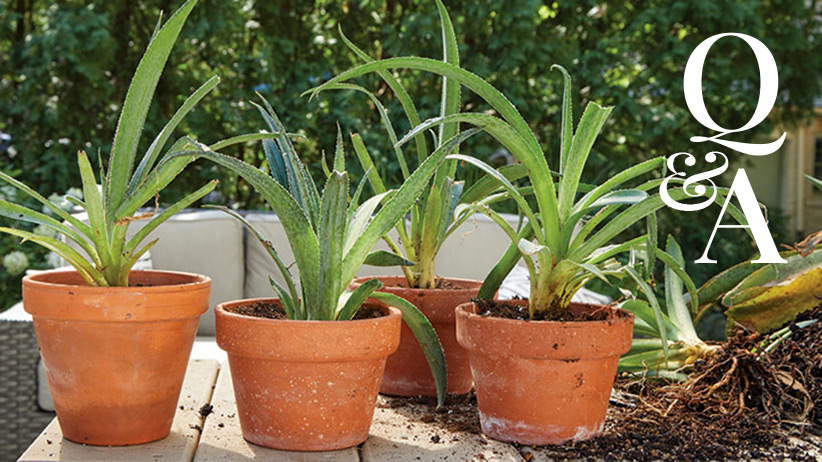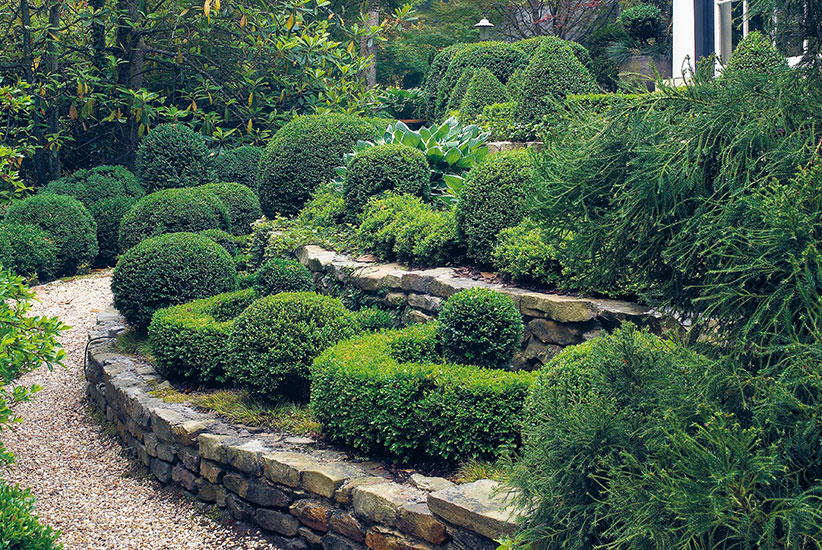
Beware of boxwood blight
Boxwood blight is a fungal disease spreading quickly across North America. Gardeners who rely heavily on boxwood shrubs are really struggling. We haven’t seen this disease’s devastation in our Iowan test garden yet, but I need to plan how to fight it when it comes. You’re fighting boxwood blight in your garden or, like me, you want to know how to prevent the disease from infecting your garden, let me help. We’ll walk through what to do about boxwood blight below, and don’t miss my lists of cultivars that are resistant and similar plants that make great boxwood replacements.
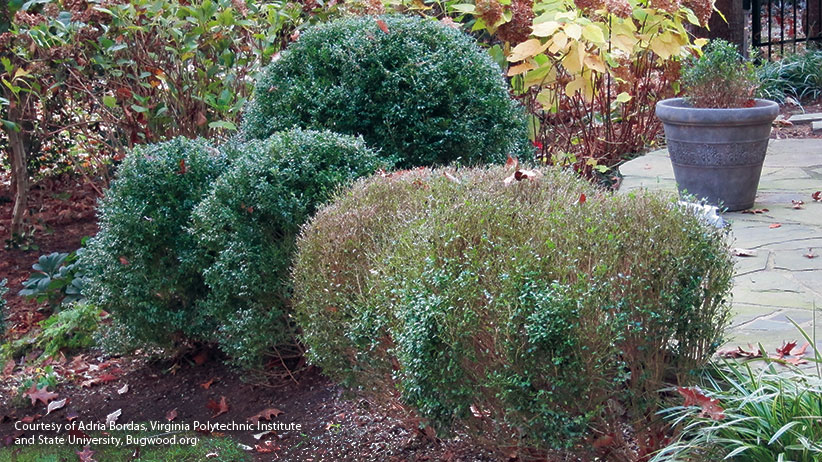
What are symptoms of boxwood blight?
Boxwood blight is caused by the pathogen Calonectria pseudonavicu-latum, and will also affect other shade-loving plants like sweet box and pachysandra. The photos below show the progression of symptoms: First you’ll notice circular lesions with dark brown edges on the leaves and black streaking on the stems. As the disease spreads, foliage turns straw-colored, then falls off. Sometimes this can be confused with volutella blight or winter burn; a tissue test at a plant disease diagnostic clinic can confirm boxwood blight.
How does boxwood blight spread?
Boxwood blight is spread by contact with infected plants from nurseries, tools, clothing and even greens in holiday decorations, such as a wreath or center-piece. Spores can persist in the soil for up to 5 years, so even a new boxwood planted where an infected plant was removed can become diseased. There is no cure, so you will need to either begin treatment if you have too many plants to lose or remove the entire plant.
You Might Also Like:
5 DIY fungus fighting recipes for the garden
7 common garden diseases
Poison ivy lookalikes
7 common garden pests
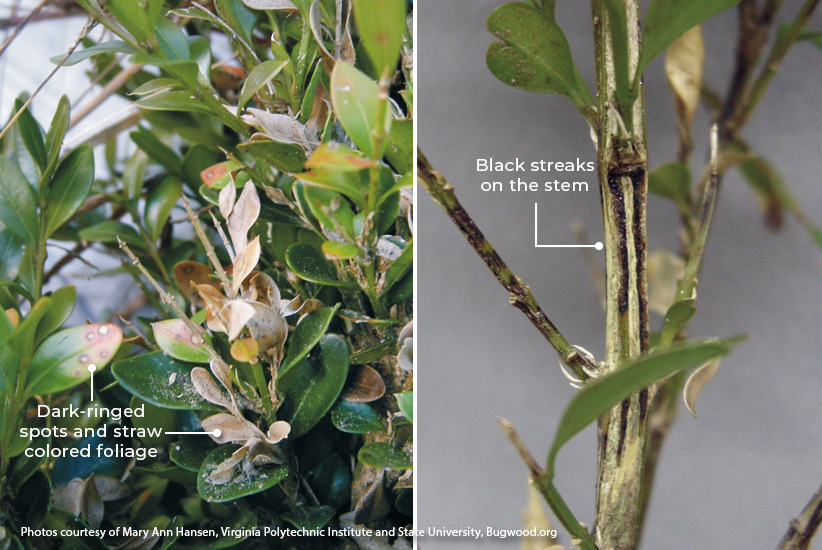
Boxwood blight treatment
If the infection is in the early stages, cut off all affected branches and clean up debris off the ground. Double bag the trimmings and dispose of them in the trash, burn (where permitted), or bury them at least 2 feet deep in the ground. Don’t compost infected foliage. You may be able to keep boxwood blight at bay on remaining unaffected foliage by spraying a chlorothalonil-containing fungicide every 7 to 14 days during the growing season when temperatures are above 60 degrees F. Reapply if it rains — the fungus thrives in warm, humid weather. Use this fungicide carefully according to directions, as it is toxic to fish.
Sanitize any tools that you use with a 1:9 bleach to water mixture and wash clothing that comes into contact with infected plants. All that said, it might be easiest (and definitely less expensive) to remove the whole plant, including any soil touching the roots.
Grow cultivars that are resistant to boxwood blight
There are several boxwood cultivars that are resistant to boxwood blight:
- North Star® boxwood (Buxus sempervirens)
24 to 32 in. tall and wide, cold hardy in zones 5 to 9 - Sprinter® littleleaf boxwood (Buxus microphylla)
2 to 4 ft. tall and wide, cold hardy in zones 5 to 8 - ‘Green Beauty’ littleleaf boxwood (Buxus microphylla japonica)
3 to 5 ft. tall and wide; cold hardy in zones 6 to 9 - ‘Winter Gem’ Korean boxwood (Buxus sinica insularis)
2 to 3 ft. tall and wide, cold hardy in zones 5 to 9
Plant resistant varieties in new plantings, or use them to replace a dead plant in a hedge. Keep in mind that though these cultivars are resistant — they don’t usually display the symptoms — they can still spread the fungus to nonresistant boxwoods. They may also need fungicide applications to suppress the disease if symptoms show up, but these cultivars rarely show the same kind of devastation.
How to prevent boxwood blight
If you don’t have boxwood blight yet, here are some things to help minimize your risk:
- In new plantings, grow open-habit boxwood species, such as littleleaf boxwood cultivars, and space them far enough apart that their branches don’t intertwine. More air movement discourages the fungus.
- Avoid overhead irrigation so foliage doesn’t get wet and provide the perfect environment for box-wood blight fungal spores to take hold.
- Pull weeds, prune foliage, and do other maintenance tasks only when boxwood foliage is dry so you are less likely to transfer the sticky spores with clothing and tools (and make sure lawn care workers follow these procedures as well).
- Use a 2-inch layer of mulch, such as pine bark, under plants to keep water from splashing spores from the soil up onto the leaves.
- Purchase boxwoods only from nurseries certifi ed as disease-free in the Boxwood Blight Cleanliness Program, which requires growers to adhere to strict cultural practices.
Get the same look with these boxwood replacements
If all else fails and you lose your beloved boxwoods, you can plant these lookalikes without fear of boxwood blight. With leaf shape and texture resembling boxwood, these plants can be shaped and sheared the same way for that great formal look. Until researchers can find a cure for boxwood blight, use these tips to fight hard for your boxwoods.



